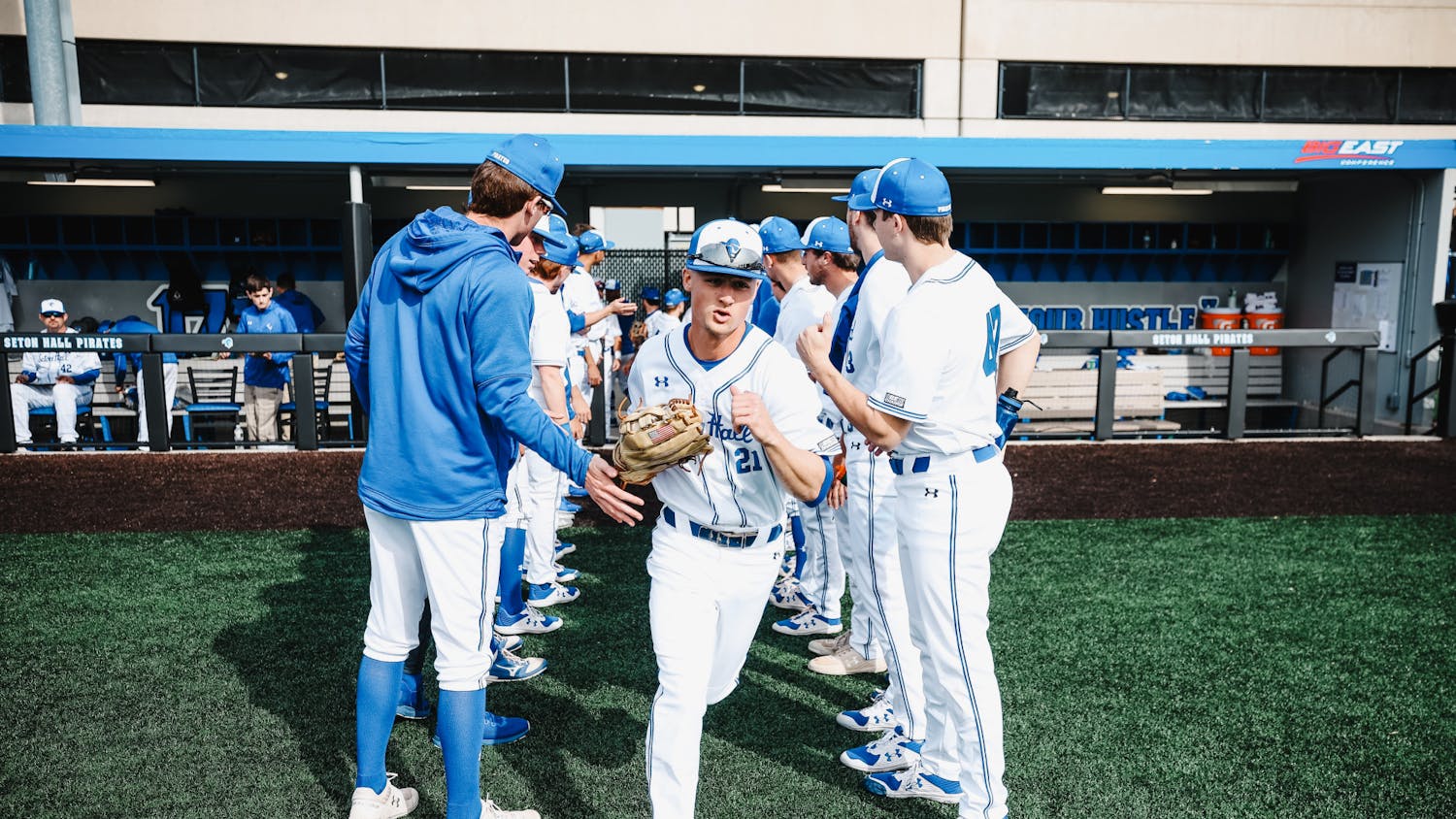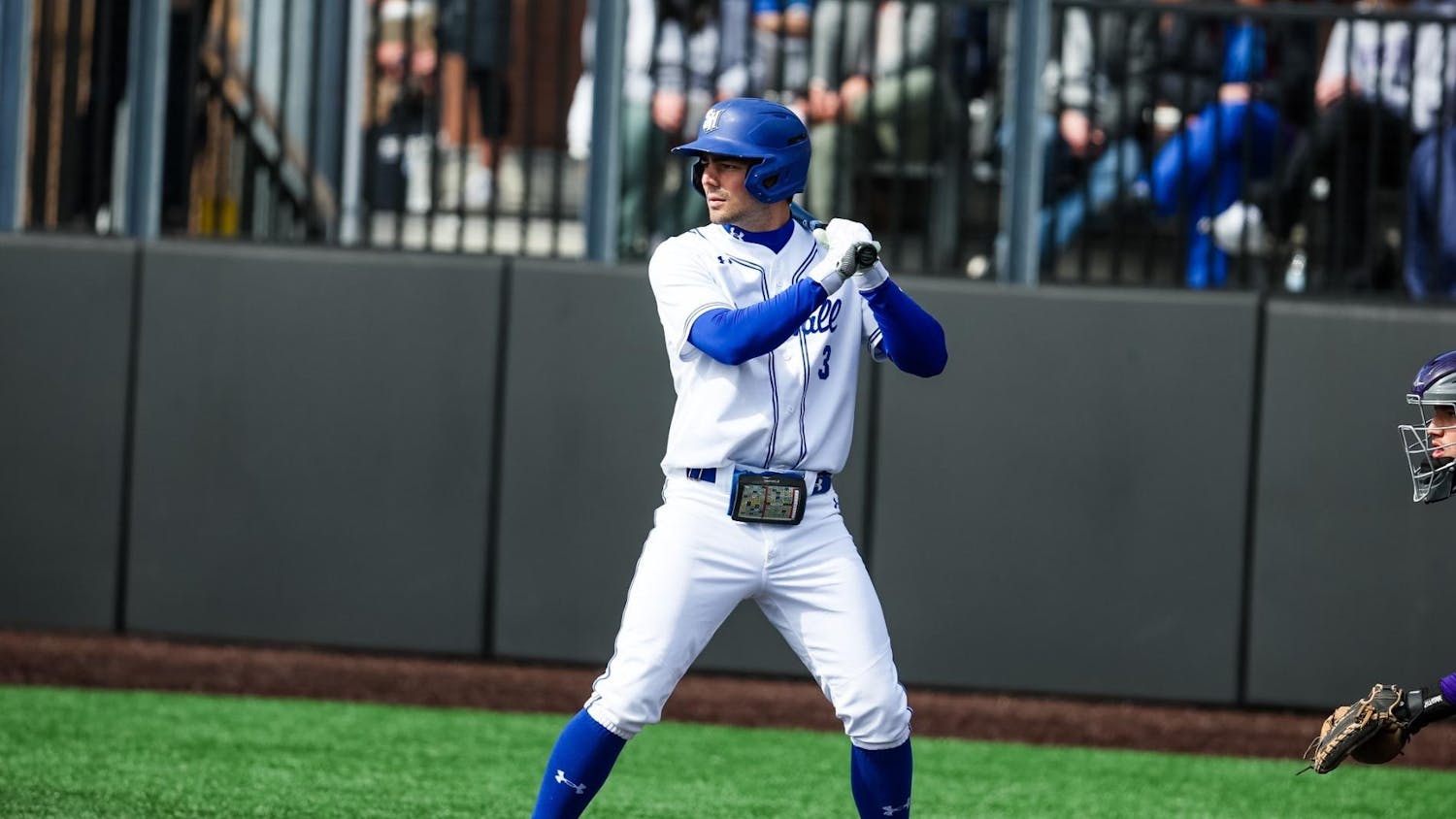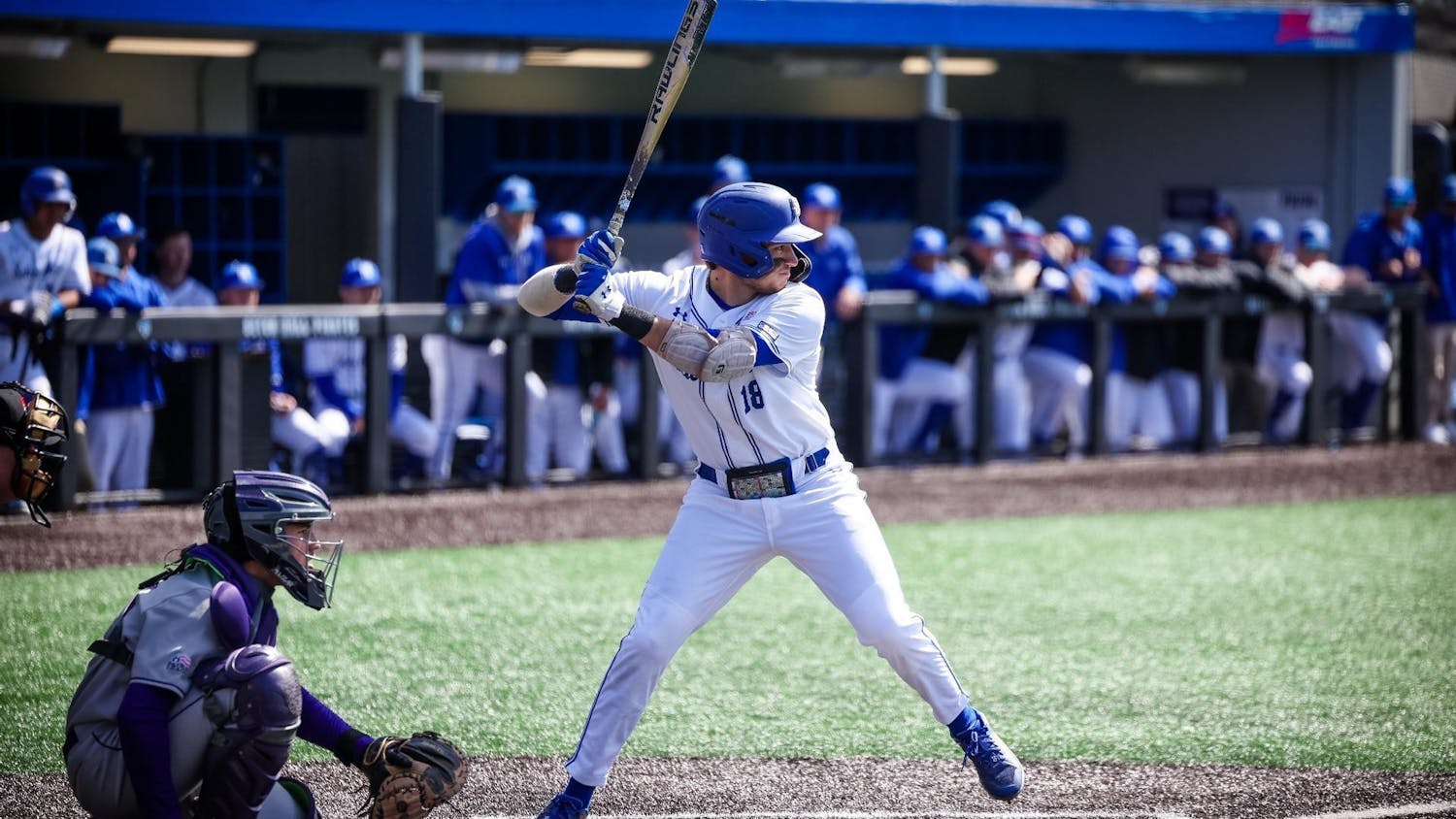[caption id="attachment_15529" align="alignnone" width="640"] The Chicago Cubs haven’t won a World Series since 1908. Photo via MLB.com.[/caption]
The insanity of these final weeks of the MLB season is a testament to the parity in baseball today.
It is impossible to deny the talent across the board in MLB when 10 teams were still fighting for playoff spots in the final week of the season. The playing field is being leveled in baseball, which can only lead to more dramatic and exciting finishes year in and year out.
Take a look at the Chicago Cubs this year – they are the perfect example of what a team needs to do to be successful. In the last five years they have made key offseason additions in Jon Lester, Jake Arrieta, and Ben Zobrist. They have young superstars in Anthony Rizzo and Kris Bryant, and they have more talent on the rise in Kyle Hendricks and Addison Russell. Their pitching is dominant, their offense is a force to be reckoned with, their defense is outstanding – there is a reason the Cubs won more than 100 games, after all.
But not every team is so well-rounded. Take the recently eliminated Baltimore Orioles, for example. With a lineup consisting of Adam Jones, Mark Trumbo, Chris Davis and Manny Machado, it should not surprise anyone that the Orioles hit more home runs than any other team in baseball. Their pitching, on the other hand, leaves a lot to be desired. Just two of their starters have ERA’s below 4.00, so having a strong offense is absolutely necessary.
Yet Chicago and Baltimore clock in at Nos. 5 and 12 on the list of largest MLB payrolls. What about the smaller market teams without superstar hitters and pitchers? The Cleveland Indians fit this mold perfectly. They have the seventh smallest payroll in baseball, but they have more wins than seven of the teams in the top 10. The main reason for this is the success of the Tribe’s youth.
Players like Francisco Lindor, Tyler Naquin and Jose Ramirez are huge contributors that are making less than $1 million a year on their team-controlled contracts. This allows Cleveland to sign or trade for players that can help them reach the playoffs, as seen when the Indians acquired Andrew Miller.
The trade deadline also plays a key role in determining how these teams do. A team like the Rangers, who were leading the AL West through the All-Star break, still went out and got Carlos Beltran and Jonathan Lucroy in order to boost their chances at making the playoffs. Buying at the deadline does not always work – after all, you have to gamble on a player and hope he keeps up his performance. Jay Bruce is a clear example of this; the National League RBI leader was traded to the Mets and immediately saw a drop in production, but contributed big-time in the final week of the season to put the Mets in the Wild Card game. A team can still be successful without buying at the deadline – in rare cases, a team can even compete after selling at the deadline. The Yankees lost their best hitter in Beltran and their two best relievers in Miller and Aroldis Chapman, but their young talent, led by Gary Sanchez, allowed them to remain in playoff contention until the end of the year.
Each team has a different road to success – some will rely on their youth, some will sign big in the offseason, some will rely on trades – but in the modern era, all of these methods are viable.
The competition in baseball is more than it has ever been before, as seen by the tightness of the Wild Card races. Fans were nearly treated to a three-way tiebreaker, but it never came to fruition.
Perhaps, as MLB continues to show parity, the 2017 regular season will offer that dramatic finish.
Matt Lapolla is a broadcasting major from Union, N.J. He can be reached at matthew.lapolla@student.shu.edu or on Twitter @MatthewLapolla.
The Chicago Cubs haven’t won a World Series since 1908. Photo via MLB.com.[/caption]
The insanity of these final weeks of the MLB season is a testament to the parity in baseball today.
It is impossible to deny the talent across the board in MLB when 10 teams were still fighting for playoff spots in the final week of the season. The playing field is being leveled in baseball, which can only lead to more dramatic and exciting finishes year in and year out.
Take a look at the Chicago Cubs this year – they are the perfect example of what a team needs to do to be successful. In the last five years they have made key offseason additions in Jon Lester, Jake Arrieta, and Ben Zobrist. They have young superstars in Anthony Rizzo and Kris Bryant, and they have more talent on the rise in Kyle Hendricks and Addison Russell. Their pitching is dominant, their offense is a force to be reckoned with, their defense is outstanding – there is a reason the Cubs won more than 100 games, after all.
But not every team is so well-rounded. Take the recently eliminated Baltimore Orioles, for example. With a lineup consisting of Adam Jones, Mark Trumbo, Chris Davis and Manny Machado, it should not surprise anyone that the Orioles hit more home runs than any other team in baseball. Their pitching, on the other hand, leaves a lot to be desired. Just two of their starters have ERA’s below 4.00, so having a strong offense is absolutely necessary.
Yet Chicago and Baltimore clock in at Nos. 5 and 12 on the list of largest MLB payrolls. What about the smaller market teams without superstar hitters and pitchers? The Cleveland Indians fit this mold perfectly. They have the seventh smallest payroll in baseball, but they have more wins than seven of the teams in the top 10. The main reason for this is the success of the Tribe’s youth.
Players like Francisco Lindor, Tyler Naquin and Jose Ramirez are huge contributors that are making less than $1 million a year on their team-controlled contracts. This allows Cleveland to sign or trade for players that can help them reach the playoffs, as seen when the Indians acquired Andrew Miller.
The trade deadline also plays a key role in determining how these teams do. A team like the Rangers, who were leading the AL West through the All-Star break, still went out and got Carlos Beltran and Jonathan Lucroy in order to boost their chances at making the playoffs. Buying at the deadline does not always work – after all, you have to gamble on a player and hope he keeps up his performance. Jay Bruce is a clear example of this; the National League RBI leader was traded to the Mets and immediately saw a drop in production, but contributed big-time in the final week of the season to put the Mets in the Wild Card game. A team can still be successful without buying at the deadline – in rare cases, a team can even compete after selling at the deadline. The Yankees lost their best hitter in Beltran and their two best relievers in Miller and Aroldis Chapman, but their young talent, led by Gary Sanchez, allowed them to remain in playoff contention until the end of the year.
Each team has a different road to success – some will rely on their youth, some will sign big in the offseason, some will rely on trades – but in the modern era, all of these methods are viable.
The competition in baseball is more than it has ever been before, as seen by the tightness of the Wild Card races. Fans were nearly treated to a three-way tiebreaker, but it never came to fruition.
Perhaps, as MLB continues to show parity, the 2017 regular season will offer that dramatic finish.
Matt Lapolla is a broadcasting major from Union, N.J. He can be reached at matthew.lapolla@student.shu.edu or on Twitter @MatthewLapolla.





